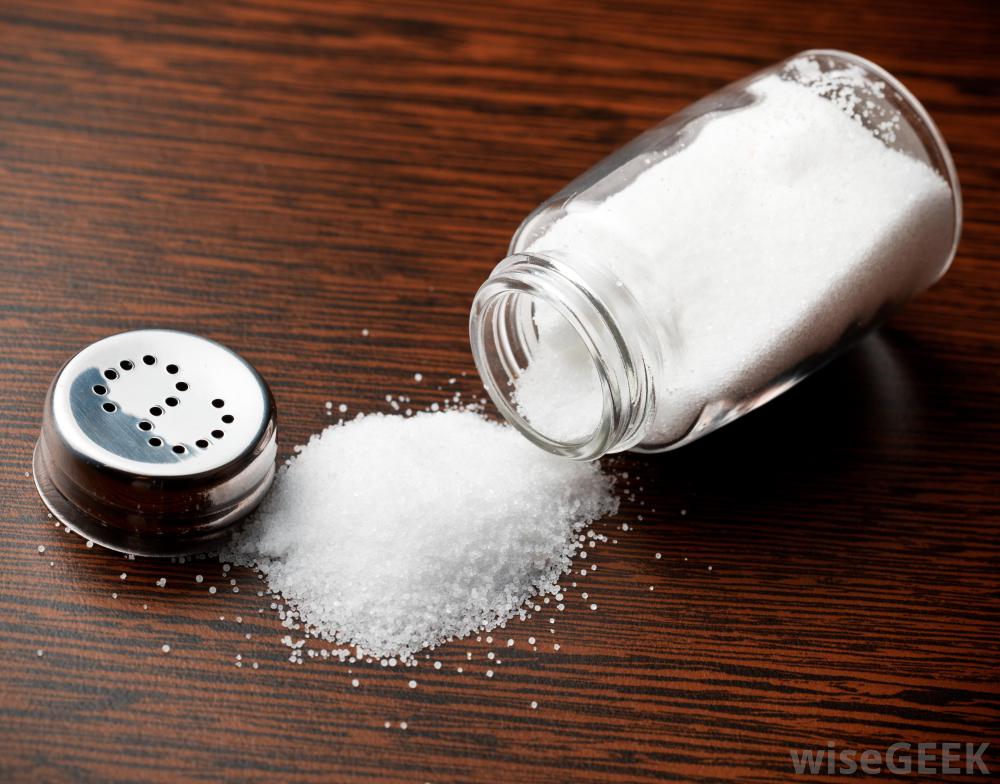On May 20, the Food and Drug Administration finalized the Nutrition Facts label on packaged foods to accurately reflect new scientific information, including adding more lines to distinguish between added sugars and naturally occurring sugars.
Keeping up with the momentum, the FDA proposed voluntary guidelines for the food industry to cut back on the amount of salt in processed and commercially prepared food on Wednesday, June 1. The draft guidance was not a hasty proposal but the result of years of debates, ranging back to 2007 when it convened its first public hearing on whether or not to limit sodium in processed foods.

Photo courtesy of wisegeek.com
Salt comes in a variety of forms, like this pink salt and the three most common types of salt. Many Americans would like to cut back on sodium, but it’s hard to do so when they don’t know how much is actually in their food. According to the FDA, Americans consume almost 50 percent more sodium than what leading experts approve of. On average, an American consumes around 3400 mg of sodium per day, much higher than the recommended level of 2300 mg per day.
Through numerous studies, scientists have proven that there is a definitive relationship between sodium intake and health. Increased sodium consumption leads to increased blood pressure, which is a leading cause of heart disease and stroke. In fact, one in three adults has a high blood pressure in the US.
However, there have been disputes over how much sodium to limit. The New York Times states that according to some scientists, dropping below a certain level can be dangerous and raise the risk of bad health outcomes. One such example is this editorial from the New England Journal of Medicine that discusses the potential adverse effects of low sodium intake.

Photo by Luna Zhang
The proposed draft guidance seeks to reduce salt intake using voluntary sodium reduction targets in the majority of processed and prepared foods, including 150 different categories from bakery products to soups. There are two phases for the voluntary targets: a short-term (2-year) and a long-term (10-year) phase, both expected to gradually reduce American sodium consumption to the recommended 2300 mg/day.
Although it is completely voluntary, this proposal could help save thousands of lives in the future, if the food industry complies. Despite some backlash, several large companies in the food industry have already expressed their support for this new initiative, including Nestlé and Mars.




